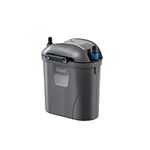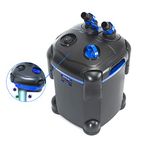10 bestCanister Filtersof December 2025
112M consumers helped this year.
1
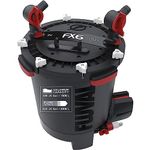
Fluval A219 Canister Filter for Aquariums - FX6 - 400 Gallon
Fluval

9.9
2
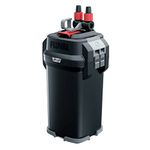
Fluval 207 Performance Canister Filter, up to 220 L (45 US Gal) - PetsandPonds A443
Fluval

9.8
3
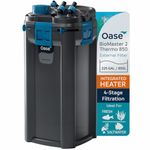
OASE BioMaster 2 Thermo 850 Canister Filter for Aquariums – External Aquarium Filter with Built-in Heater – EasyClean Pre-Filter, Quiet Operation – Freshwater & Saltwater, Up to 225 Gallons
OASE

9.6
4

Fluval A214 FX4 Canister Filter
Fluval

9.5
6% off
5
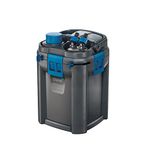
GeoGlobal Partners 40755145: BioMaster 250 External Canister Filter
OASE

9.3
Other
6

Fluval FX2 High Performance Canister Filter
Fluval

9.1
7
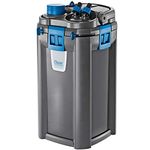
OASE Indoor Aquatics BioMaster 850, 1 Count (Pack of 1)
OASE

8.9
8
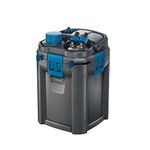
OASE Indoor Aquatics Biomaster Thermo 250,Black
OASE

8.6
15% off
9
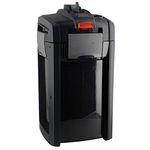
Eheim Pro 4+ Canister Filter - 600
Eheim

8.4
10

Marineland Magniflow Canister Filter for Aquariums
MarineLand

8.1
A Guide to Selecting the Best Canister Filters
Choosing the right canister filter for your aquarium is essential for maintaining clean, healthy water for your fish and plants. Canister filters are popular because they offer powerful filtration, are often quieter than other types, and can be customized with different filter media. When picking a canister filter, it's important to consider the size of your aquarium, the type of aquatic life you have, and how much maintenance you're willing to do. Understanding the key specifications will help you find a filter that matches your needs and keeps your aquarium thriving.
Flow Rate (GPH/LPH)
Flow rate tells you how much water the filter can process in an hour, usually measured in gallons per hour (GPH) or liters per hour (LPH). This is important because it determines how quickly your aquarium water is cleaned. For smaller tanks, a lower flow rate is usually enough, while larger tanks need a higher flow rate to keep the water clear. As a general rule, your filter should be able to process all the water in your tank at least 4-6 times per hour. If you have delicate fish or plants, you might want a lower flow to avoid stressing them, while tanks with messy fish or lots of plants may benefit from a higher flow rate.
Filter Media Capacity
Filter media capacity refers to how much and what types of filter media (like sponges, bio-balls, or carbon) the canister can hold. This matters because different media handle mechanical, biological, and chemical filtration. A larger capacity allows for more or varied media, which can improve water quality and let you customize the filter to your tank's needs. If you have a heavily stocked tank or sensitive species, look for a filter with more space for media. For simple setups, a smaller capacity may be enough.
Tank Size Compatibility
Tank size compatibility tells you what size aquarium the filter is designed for. This is important because using a filter that's too small won't keep your water clean, while one that's too large might create too much current. Manufacturers usually list a recommended tank size range for each filter. Always match the filter to your tank's volume, and if your tank is heavily stocked or has messy fish, consider choosing a filter rated for a slightly larger tank.
Noise Level
Noise level describes how loud the filter is when running. This is important if your aquarium is in a quiet room or bedroom. Some canister filters are designed to be very quiet, while others may hum or vibrate. If noise is a concern for you, look for filters that are specifically described as silent or low-noise, and read user reviews to get a sense of real-world performance.
Ease of Maintenance
Ease of maintenance refers to how simple it is to clean and service the filter. Canister filters need regular cleaning to work well, so features like quick-release valves, easy-to-open lids, and clear instructions can make a big difference. If you prefer less frequent or easier maintenance, look for filters with user-friendly designs. If you don't mind a bit more work, you might prioritize other features instead.
Priming Method
Priming is the process of starting the water flow through the filter. Some canister filters have self-priming features, while others require manual priming. Self-priming filters are easier to start, especially for beginners or if the filter is placed below the tank. If you want a hassle-free setup, look for a filter with an easy or automatic priming system. If you're comfortable with a bit of manual work, this may be less important.
Best Reviews Guide Newsletter
Get exclusive articles, recommendations, shopping tips, and sales alerts
Sign up for our newsletter to receive weekly recommendations about seasonal and trendy products
Thank you for subscribing!
By submitting your email address you agree to our Terms and Conditions and Privacy Policy



